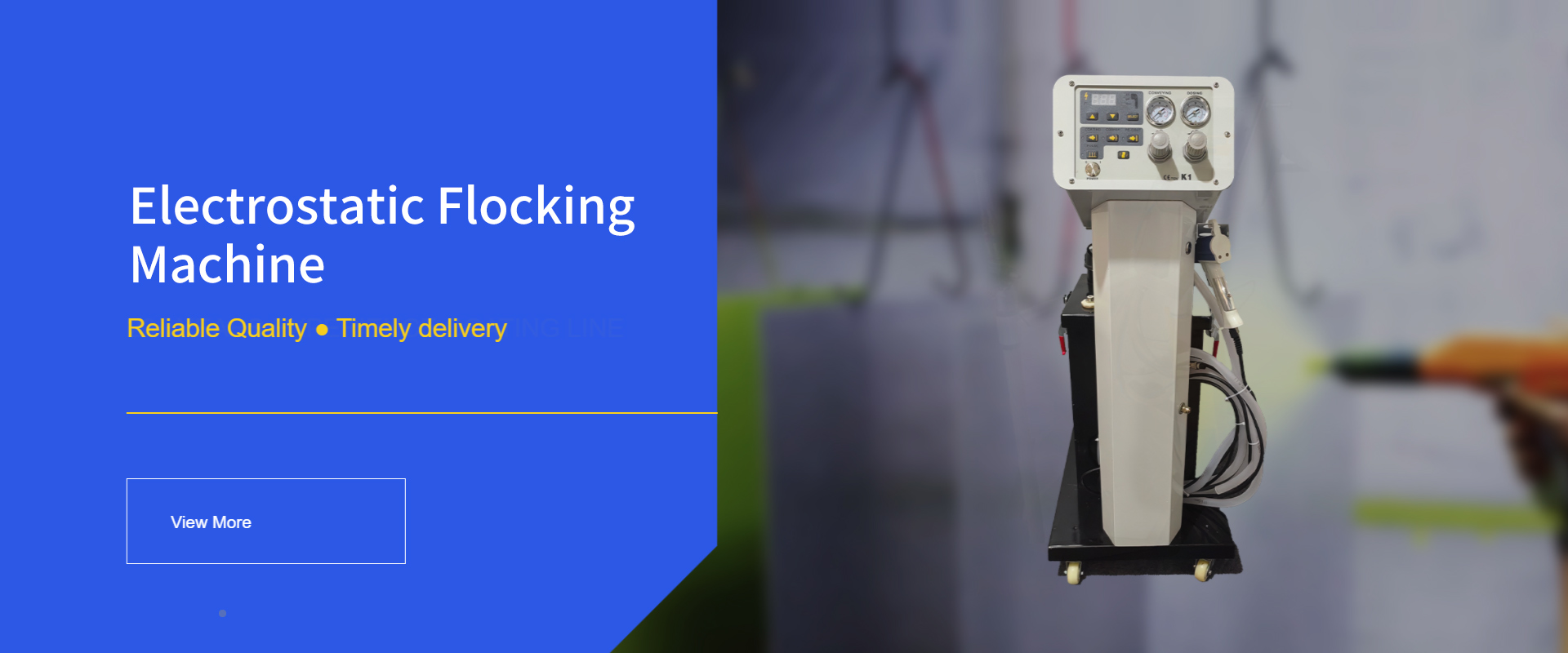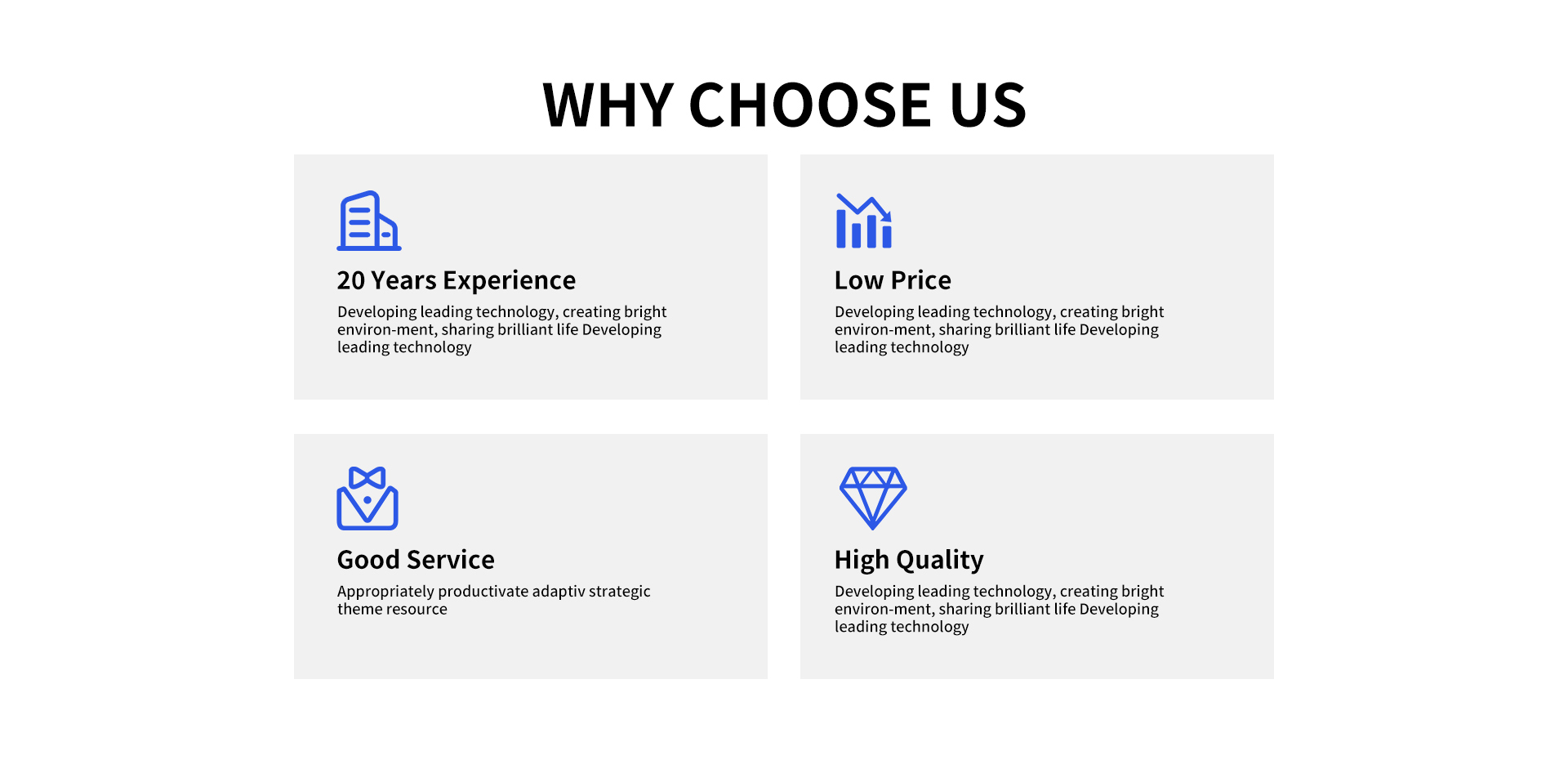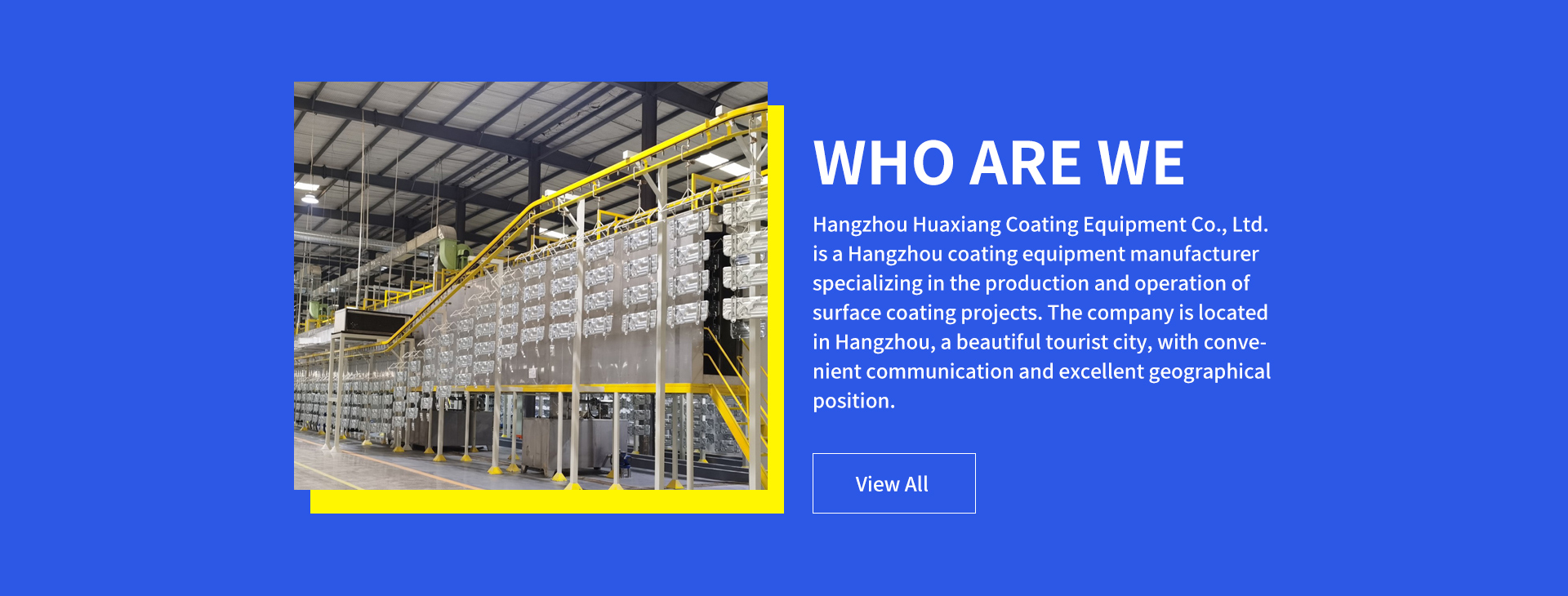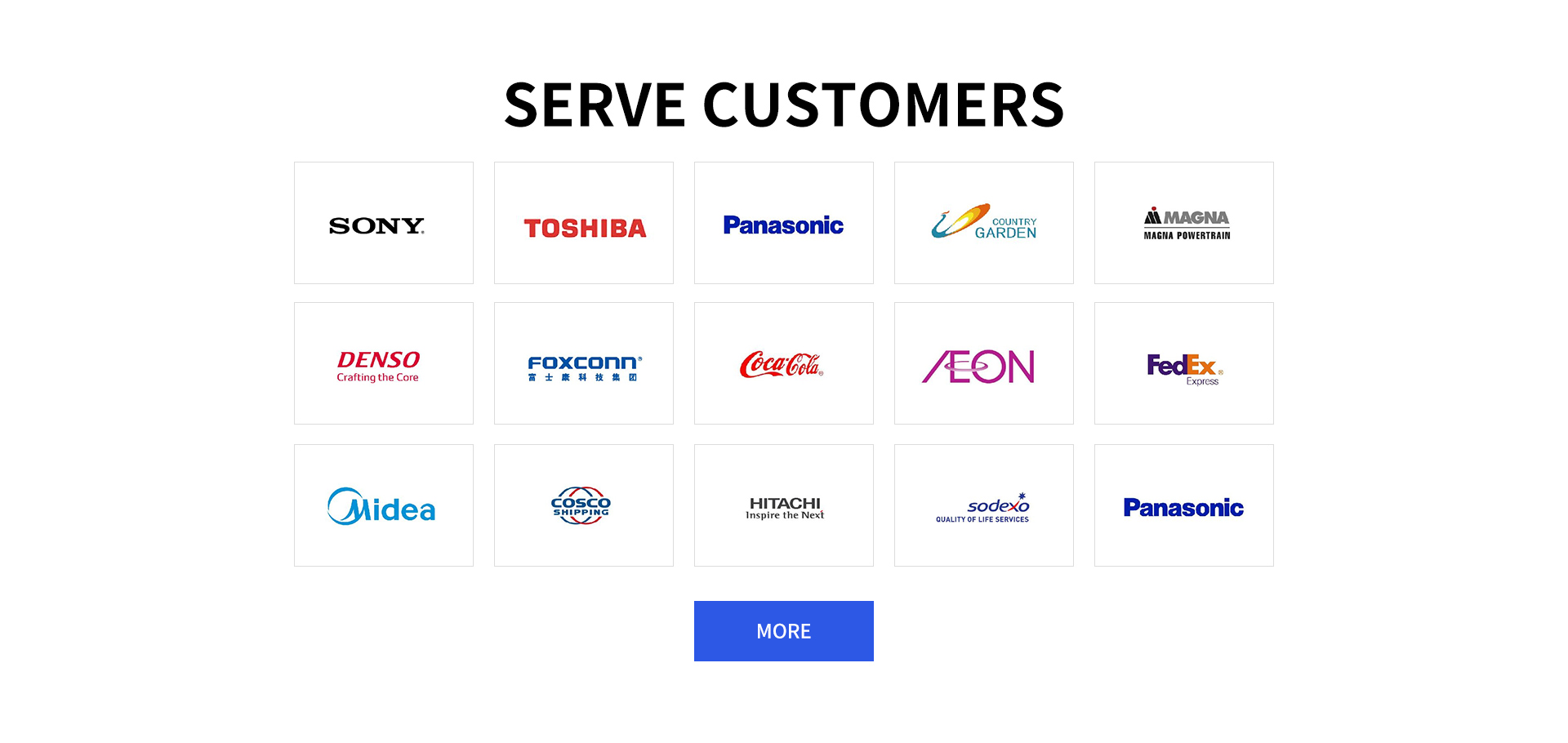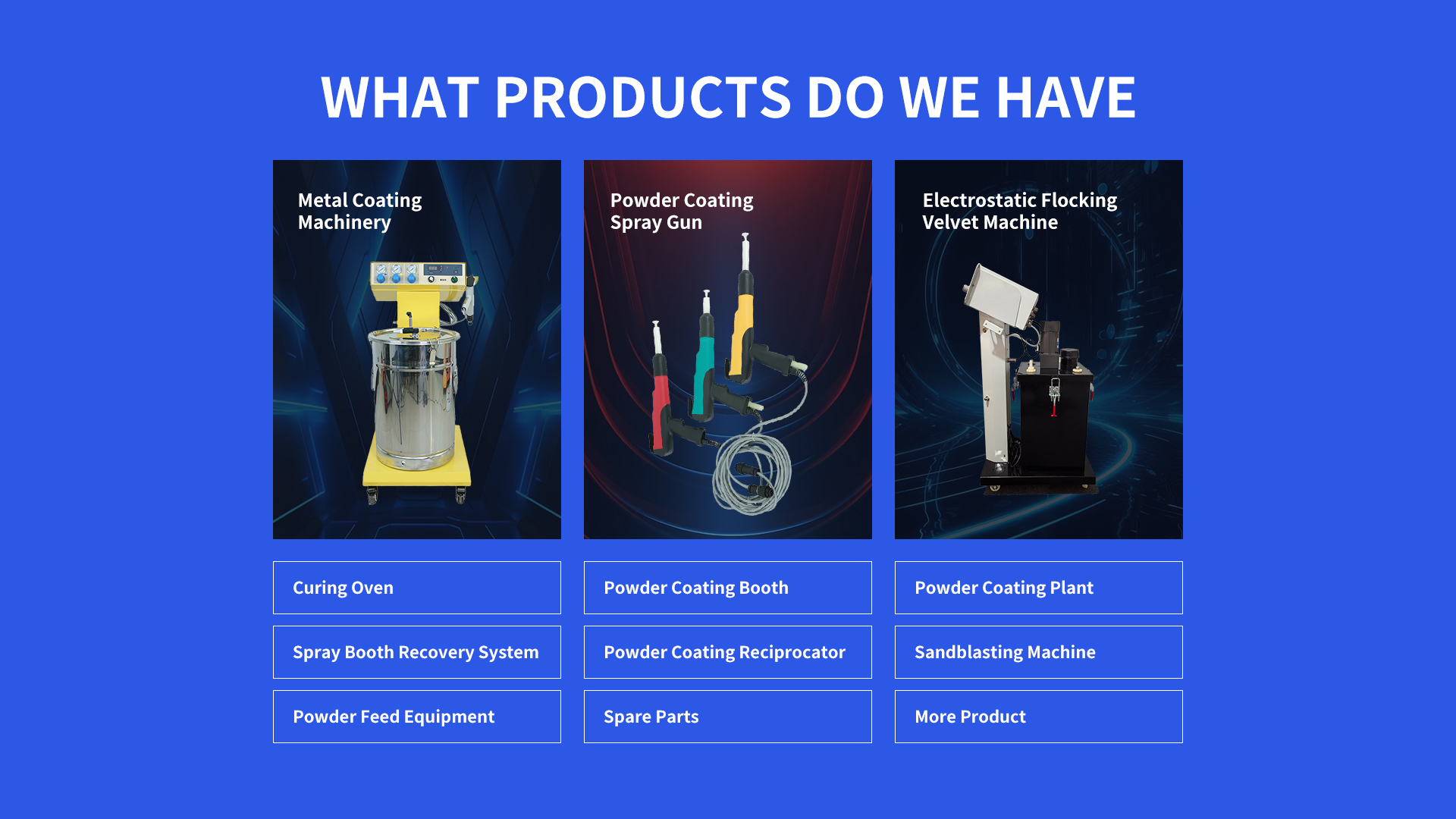Industrial Spray Coating Equipment: A User's Handbook
Industrial Spray Coating Equipment is vital for factories and production lines. Prices range from (1,500 for basic setups to )35,000 for advanced systems. Demand comes from industries like automotive, aerospace, and construction, needing efficient application of protective and decorative coatings on metal, plastic, and composite surfaces.
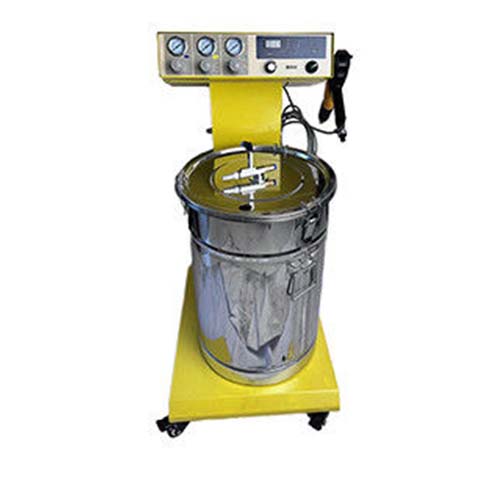
Industrial Spray Coating Equipment: Common Coating Projects
Industrial Spray Coating Equipment applies protective layers to aircraft components, ensuring resistance to extreme temperatures and corrosion. It coats metal pipes for oil and gas industries, preventing rust and chemical damage. Plastic parts in electronics get uniform coatings for insulation and aesthetics. It also applies specialized coatings to industrial floors, enhancing durability and slip resistance.
Industrial Spray Coating Equipment: Surface Treatment Technology
Industrial Spray Coating Equipment relies on strict surface preparation. Metal surfaces undergo chemical cleaning, grit blasting, and primer application to remove contaminants. Plastic parts are treated with plasma or etching to improve coating adhesion. The equipment uses precision nozzles to spray coatings evenly, with adjustable parameters for thickness and coverage. Curing processes, like heat or UV treatment, follow to set the coating.
Industrial Spray Coating Equipment: What It Is
Industrial Spray Coating Equipment is a set of machinery designed for large-scale application of coatings. It includes spray guns, coating reservoirs, pumps, conveyor systems, and control panels. These components work together to atomize and apply coatings—such as paints, powders, and adhesives—ensuring consistent, high-quality finishes on industrial parts.
Industrial Spray Coating Equipment: Main Components
Coating Spray Gun: The tool that delivers the coating, with adjustable nozzles for spray pattern and flow. It features advanced atomization technology to break down coatings into fine particles for even application.
Material Handling System: Consists of tanks to store coatings and pumps to transfer them to the gun. Tanks have agitators to prevent settling, and pumps maintain steady pressure for consistent flow.
Control Panel: Manages coating parameters like pressure, flow rate, and spray time. Digital interfaces allow operators to save settings for different coatings and part types, ensuring repeatability.
Industrial Spray Coating Equipment: Key Advantages
Industrial Spray Coating Equipment offers high precision, reducing coating waste by up to 30% compared to manual methods. It ensures uniform thickness, critical for performance in industries like aerospace. The equipment handles a wide range of coatings, from thin lacquers to thick protective films. Its automated features increase production speed, making it ideal for high-volume manufacturing.
Industrial Spray Coating Equipment: How to Choose the Right System
Consider coating type when selecting Industrial Spray Coating Equipment. Powder coatings require systems with electrostatic capabilities, while liquid coatings need pressure-based setups. Evaluate production volume—small batches work with manual guns, large runs need automated conveyor systems. Check compatibility with part sizes; some equipment handles small components, others large structures. Look for easy changeover features for quick coating switches.
Industrial Spray Coating Equipment: How to Ensure Safe Operation
Operators using Industrial Spray Coating Equipment must wear chemical-resistant gloves, goggles, and respirators. Ensure proper ventilation with HEPA filters to capture overspray. Keep ignition sources away from flammable coatings. Lockout power before maintenance. Regularly inspect hoses and seals for leaks, and dispose of coating waste according to environmental regulations.
Industrial Spray Coating Equipment: How to Adjust for Different Coating Thicknesses
To achieve thick coatings with Industrial Spray Coating Equipment, increase material flow and slow conveyor speed. For thin layers, reduce pressure and use a finer nozzle. Adjust spray distance—closer for thick coats, farther for thin ones. Test on sample parts, measuring thickness with a gauge, and tweak settings until specifications are met. Save parameters for future runs.
Industrial Spray Coating Equipment: How to Troubleshoot Coating Bubbles
If Industrial Spray Coating Equipment produces bubbles, check surface cleanliness—reclean parts to remove oils or moisture. Ensure proper curing temperature; too high can trap gases. Reduce coating thickness if layers are too heavy. Inspect for contaminated coating material and replace if necessary. Adjust spray pressure to avoid entrapping air during application.
Industrial Spray Coating Equipment: How to Clean Effectively
After using Industrial Spray Coating Equipment, flush lines with cleaning solvent compatible with the coating. Disassemble the spray gun, soak parts in solvent, and brush away residue. Clean tanks with solvent and a soft cloth, ensuring no leftover material remains. For powder coating systems, use compressed air to clear powder from hoses and nozzles. Reassemble only when dry.
Industrial Spray Coating Equipment: How to Optimize Coating Uniformity
Calibrate Industrial Spray Coating Equipment regularly to ensure consistent pressure and flow. Use automated conveyor systems to maintain steady part speed. Position multiple guns for complex part shapes, ensuring all areas receive coating. Test with coating thickness gauges at different points on parts, adjusting gun angles or settings to fix uneven spots. Train operators to monitor spray patterns for consistency.
Statement: Hangzhou Huaxiang Coating Equipment Co., Ltd Chinese Powder Coating Equipment facturers provide you with customized equipment for various types of Powder Coating Lines, Powder Coating Ovens, Powder Coating Booths,Powder Coating Guns, etc. For inquiries! Contact us at
Email: gezx@cncolourspray.com
WhatsApp: +86 13335812068

